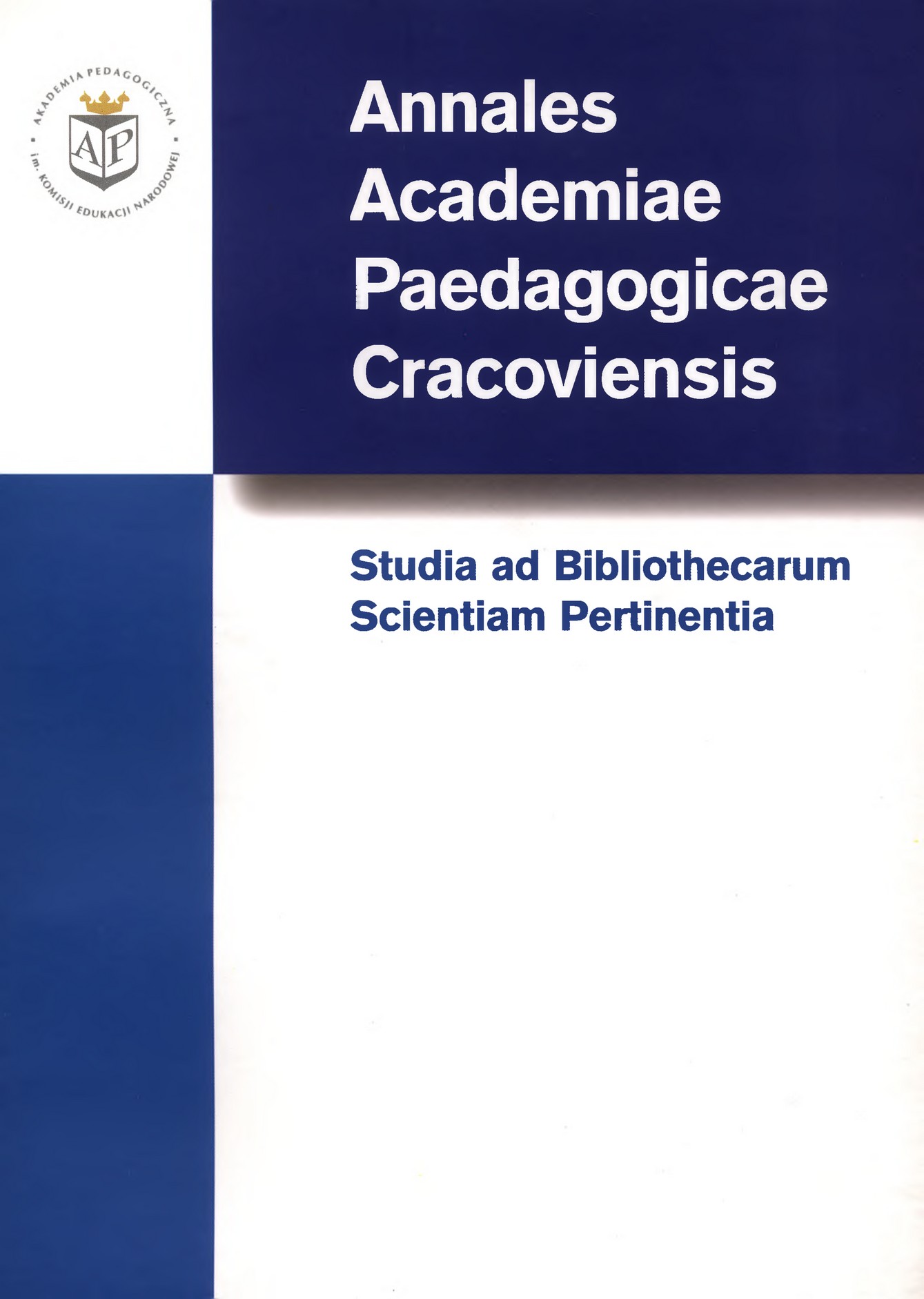Instytut Polski w Budapeszcie: działalność kulturalno-oświatowa, naukowa i wydawnicza w latach 1939–1944
Słowa kluczowe:
Instytut Polski w Budapeszcie, wydawnictwa, Polacy za granicą, Węgry, 1939-1945 r., historiaAbstrakt
[The Polish Institute in Budapest - its cultural, educational, scientific and publishing activity in the years 1939-1944]The Polish Institute in Budapest, founded in 1938, was a cultural and educational institution, subordinate to the Polish diplomatic service and cooperating with the Hungarian Ministry of Education, whose aim was to promote knowledge about Poland and its culture in Hungary and to supervise the quality of Polish courses held at Hungarian universities and colleges. The outbreak of the war in 1939 thoroughly changed the activities of the Institute, which in the new reality became one of the main cultural and educational centres of the Polish refugee community that appeared in the Kingdom of Hungary as a result of Poland’s September defeat. Run by Zbigniew Załęski, lecturer of Polish at the Budapest University, the Institute became nominally part of Péter Pázmány University, in fact, however, it was financed from the funds of the Polish government in exile and thus maintained considerable independence. Apart from the activities done so far such as maintaining a Polish book collection, propagating Polish culture among the Hungarians and running Polish courses for interested Hungarian students, there appeared entirely new tasks. One of the most important tasks was to help young Polish refugees who wished to study at Hungarian universities - in consultation with the Hungarian authorities the Institute organized and coordinated a recruitment campaign for universities which covered ca. 300 persons. Further, as far as possible, the Institute offered logistic assistance to refugees who were engaged in scholarly activities (among others at the Circle of Polish Lawyers affiliated with the Institute). For a broader circle of war refugees the Institute organized with a swing various artistic events, such as commemorative patriotic meetings, amateur theatricals and shows and musical concerts. Between November 1939 and January 1944 a total of ten events took place, with the controversial première of Stanisław Wyspiański’s Warszawianka of November 29, 1943 becoming most famous. In the years 1940-1943 the Polish Institute also engaged in publishing activity (usually DIY-printing), launching 14 publications in Polish, including important books relevant for Hungarian studies such as Antologia poezji węgierskiej od XIV do XIX w. (Anthology of Hungarian Poetry, 14th-19th Centuries) and a collection of Edre Ady’s poetry Popiołem i płomieniem (With Ash and Fire) and literary books originating in the refugee milieu; it also published two books in Hungarian. The invasion of German troops in Hungary on March 19, 1944 put an end to the Institute’s functioning. The building was taken by the gestapo while the library collection was removed and eventually lost. The attempts to re-establish the Institute undertaken directly after liberation from German occupation in 1945 came to nought.
Pobrania
Opublikowane
2009-03-29
Jak cytować
Woźniakowski, K. (2009). Instytut Polski w Budapeszcie: działalność kulturalno-oświatowa, naukowa i wydawnicza w latach 1939–1944. AUPC Studia Ad Bibliothecarum Scientiam Pertinentia, 7, 112–147. Pobrano z https://sbsp.uken.krakow.pl/article/view/838
Numer
Dział
Artykuły / Articles

